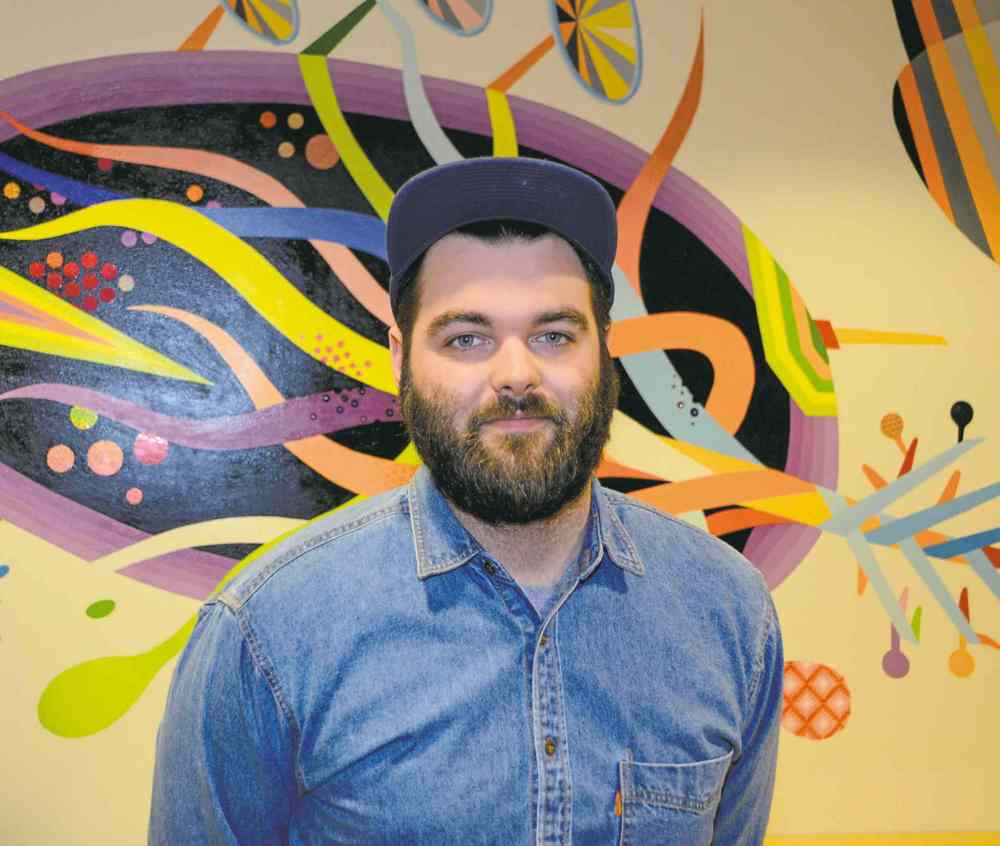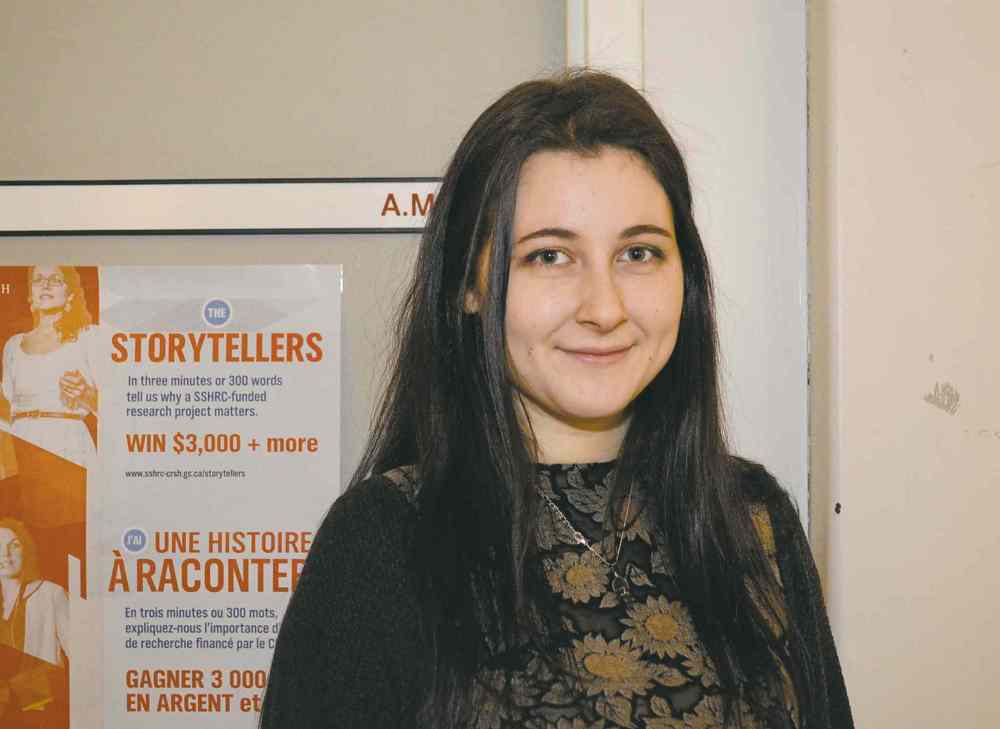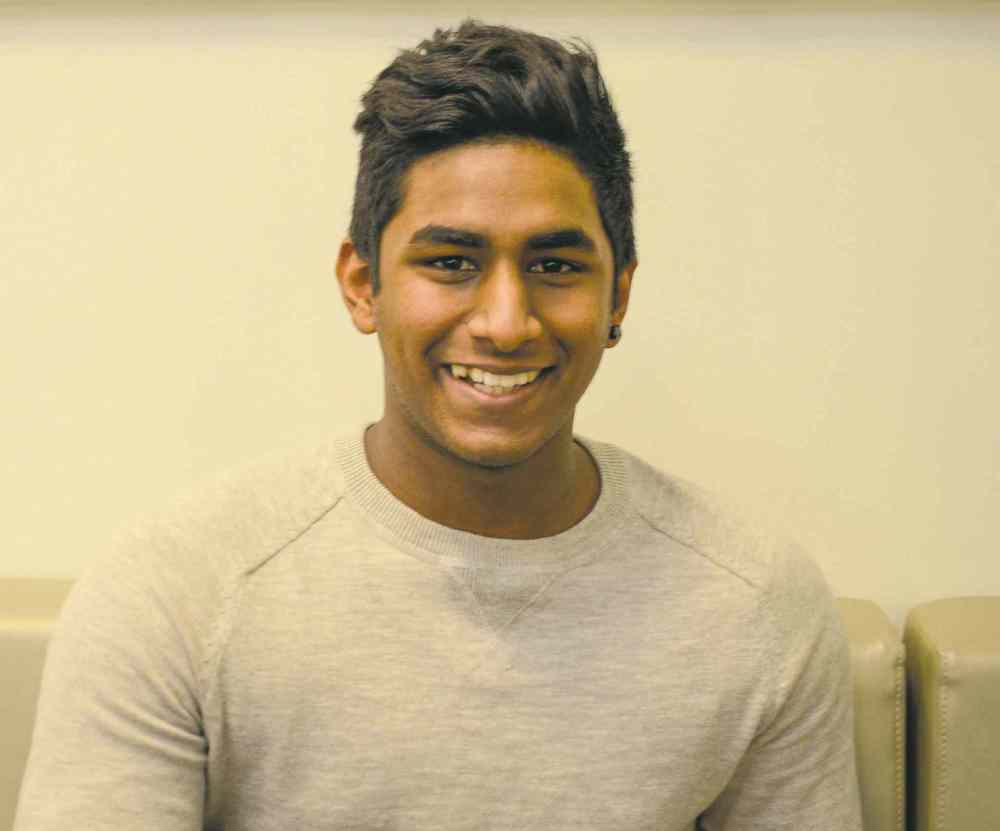U of W embraces sex-assault protocol
Yes Means Yes is new approach
Advertisement
Read this article for free:
or
Already have an account? Log in here »
To continue reading, please subscribe:
Monthly Digital Subscription
$1 per week for 24 weeks*
- Enjoy unlimited reading on winnipegfreepress.com
- Read the E-Edition, our digital replica newspaper
- Access News Break, our award-winning app
- Play interactive puzzles
*Billed as $4.00 plus GST every four weeks. After 24 weeks, price increases to the regular rate of $19.00 plus GST every four weeks. Offer available to new and qualified returning subscribers only. Cancel any time.
Monthly Digital Subscription
$4.75/week*
- Enjoy unlimited reading on winnipegfreepress.com
- Read the E-Edition, our digital replica newspaper
- Access News Break, our award-winning app
- Play interactive puzzles
*Billed as $19 plus GST every four weeks. Cancel any time.
To continue reading, please subscribe:
Add Winnipeg Free Press access to your Brandon Sun subscription for only
$1 for the first 4 weeks*
*$1 will be added to your next bill. After your 4 weeks access is complete your rate will increase by $0.00 a X percent off the regular rate.
Read unlimited articles for free today:
or
Already have an account? Log in here »
Hey there, time traveller!
This article was published 20/03/2015 (3852 days ago), so information in it may no longer be current.
University of Winnipeg students spoke positively Thursday about the school’s Yes Means Yes campaign dealing with its new sexual-misconduct protocol.
“As a 24-year-old, 6-2, 200-pound guy, I want to make sure anybody I’m interacting with feels safe — just like you would ask for consent in any other social interaction,” said Rorie Mcleod Arnould, president of the U of W Students’ Association.
“I think young men have a role to play here. It’s not exclusively a women issue. This is an issue for everybody.”
The U of W unveiled the comprehensive sexual-misconduct protocol Wednesday, which features a five-person Sexual Misconduct Response Team (SMRT), one of whom will always be just a phone call away.
No particular incident triggered the new protocol, which has been developed over the past seven months.
During new-student orientation in the fall, there will be an introduction of consent workshops, bystander-intervention training, a social-media campaign, posters around campus and a mandatory sexual-misconduct workshop for U of W residents.
“I’m definitely for it,” said Taylor Mills, 19-year-old film student.
“Thank God nothing bad has ever happened to me where consent has been a question, but I’ve definitely had friends where it has damaged their entire lives… so I think this is a really good movement.”
Jack Rumsfeld, a 22-year-old political sciences student, said he agrees with the concept of consent but doesn’t like the name of the campaign.
“I came across an interesting quote a while ago, ‘Yes doesn’t always actually mean yes.’ Sometimes there is a lot of coercion that goes on… Girls should have the right to choose who to do these things with, and sometimes if they say yes, it could be born out of other things, rather than actually wanting to do it,” Rumsfeld said.
The U of W worked with students, staff and Klinic to develop the protocol.
The SMRT includes senior staff from a variety of departments, including security, counselling, wellness and student life, campus living and student-support services.
“We hope to have an open dialogue… To have a culture here that is safe and respectful toward everybody,” said Jan Byrd, executive director of student life.
“Sexual assault has really lifelong lasting consequences for the person that caused the harm and the person who experienced the harm.
“It’s often the first time people have talked about this, and we are just really trying to have an open conversation on what healthy relationships look like. So we are just going to have some fun with students in the campaigns and give them messages in ways that young people will respond to.”
The traditional slogan “No means no'” in response to sexual assault and violence has been changing for the past couple of years for a couple of reasons, said Scott Anderson, a University of British Columbia assistant professor who has studied consent.
“The new campaign is intended to encourage and empower people,” Anderson said.
“One might see an emphasis of ‘no means no’ as suggesting that the default assumption about consent to sex is ‘yes’ — that is someone can be presumed to consent to sex unless she explicitly says ‘no.’ A ‘yes means yes’ standard suggests that one should have clear, affirmative indications of consent to sex in order to act safely.”
The U of W borrows the definition of consent from the Criminal Code of Canada: “Consent is an informed, knowing, and voluntary decision to engage in mutually acceptable sexual activity.”
jenna.dulewich@freepress.mb.ca
What people are saying
“I think that (campaign) is so important. I didn’t even know we were doing this but I think this is amazing and I totally support it.”
— Britney Kornel
“I think it’s a good idea because a lot of people don’t realize just because someone doesn’t explicitly say no, it doesn’t mean they are consenting… I think it is a good thing to raise awareness for.”
— Mariza Schneider-Vieira
“It’s really sad that we live in a society where (this is) necessary because consent is just a basic necessity that you shouldn’t have to remind people. I think this is a step in the right direction.”
— Maura MacAulay
“I like the fact that it’s yes mean yes, whereas in the past it was no means no which kind of has a negative connotation to it… Where yes means yes is more of a positive encouragement to do something, rather than the finger-wagging.”
— Stephen Kurz
“I think the university taking that step is ultimately going to be a good one for our campus culture. I think it’s great, I don’t think it’s weird.”
— Rorie Mcleod Arnould
“I think it’s a really good thing for the university to have — you see it around sometimes, some people just aren’t always comfortable with things and not all guys know where to draw the line. I think if we (learn) it from another person on how to react and where to draw the line, it will be better.
— David Roy-Rathinagopal
History
Updated on Friday, March 20, 2015 7:50 AM CDT: Removes fact box, re-orders photos





